If you, like many in the field of education, are suddenly noticing an avalanche of information concerning the use and revolutionary potential of extended reality (XR) technologies in education and find it difficult to make heads or tails due to the endless stream of technical terms and lofty promises, you are not alone. The field has experienced staggering growth in recent years, fueling rapid advancements in hardware and software. This, in turn, has increased the number of possibilities we now have at our disposal, suddenly making the space seem crowded and intimidating to explore. Even more so, are all of these technologies even necessary, or are they just a gimmick? Here are some guidelines to help you find your way around and clear up some misconceptions about them.
Terminology is important
XR is shorthand for Extended Realities, an umbrella term that encompasses multiple types of technologies: Virtual Reality, Augmented Reality and Mixed Reality. This can sometimes lead to confusion specifically because the terms actually mean different things, and some of them can mean different things to different people.
VR Virtual Reality
Virtual Reality, also known as VR, refers to the technology that fully immerses users in a completely virtual universe. This is typically achieved by having the user wear a Virtual Reality headset, which will entirely obscure their vision so that all they see will be a virtual environment displayed within the headset. The user can look and move around in the real world while wearing the headset, and their actions will be translated into the virtual environment. They can also interact with virtual objects in the virtual world by using their “virtual hands.” This can be done through wireless controllers they hold in their hands or, depending on the hardware, the user can even use their real hands to interact with the virtual environment.
The main strength of VR is its ability to immerse the user in a completely different environment, including places that do not exist, that no longer exist, or that are not easy to visit or reach in real life.
AR Augmented Reality
Augmented Reality is the technology that allows users to overlay virtual 2D or 3D elements on top of the real world, typically done through the use of a mobile device such as a smartphone or a tablet. By looking at the real world through the cameras of such devices, the user can visualize these virtual elements juxtaposed with reality.
Augmented Reality is particularly useful when contextual information or visualization can be helpful. For example, being able to access contextual information of a location depending on where you are pointing your phone or being able to visualize an object in a space where it may not necessarily exist, such as a molecule on your kitchen table.
MR Mixed Reality
Compared to Virtual Reality and Augmented Reality, Mixed Reality tends to have more varied definitions. Mixed Reality describes the “blending of the physical and digital worlds,” according to Microsoft. Intel defines it as being able to “interact with and manipulate both physical and virtual items and environments, […] It provides the ability to have one foot (or hand) in the real world, and the other in an imaginary place.” At its core, Mixed Reality is a step above Augmented Reality, where the user can meaningfully manipulate digital objects that are anchored in reality or physical objects that are represented in virtual reality, and a step below Virtual Reality, where (physical) Reality is totally replaced. We can think of Mixed Reality as a range of possible interactions rather than one specific definition.
Extended Realities (XR) technologies can be placed on a spectrum of interactivity:

Opportunities and Challenges in Courses and Training
Now that we have clarified the terminology, how will any of this help with day-to-day teaching activities? How can we use any of this? Where should we start?
One important idea that we encourage is to start with your learning goals and content, don’t start with the tech. If you start looking into the types of headset, the costs, the specs and all that, you might get caught up in the enormous amount of information out there and get discouraged.
Start by asking yourself: who are your learners, are they comfortable with this kind of technology, and what type of skills do they need to practice? If, after asking yourself these questions, you conclude that you don’t really need XR technologies for what you want to teach, then that is a legitimate conclusion. Not everything needs to be XR enhanced.
We believe strongly that when XR serves the pedagogy, it will lead to learning experiences that are much more memorable than if the technology was forcibly introduced into the curriculum.
When you have identified your learning goals, you can start thinking about the types of situations or activities you wish your learners to experience. Of course, the number of ideas and possibilities is only limited by imagination and creativity.
Application
Looking more in-depth at the VR part of XR experiences and based on our experience in developing VR learning material for higher education, we have created a shortlist of the types of activities that this technology can complement well teaching.
Roleplaying
This learning activity is as old as time, and it is particularly relevant for the development of soft and social skills, which organizations value highly in today’s digital world. Virtual Reality and virtual avatars will not replace real human interactions any time soon. What VR can offer, however, is a believable virtual space where a student can experience a situation that may be challenging or rare in real life but from the safety of a virtual space. For example, how should the student react in a situation of conflict with colleagues? How should they react if they receive negative feedback? Or pass a difficult job interview? These situations could be tense or unpleasant when they happen in real life, and they may not happen every day, and this can reduce the opportunities for the student to accumulate experience. The immersive power of VR can help learners believe that the setting is real and push them to act and feel as they would in real life. Repeating these experiences in a training context can help students develop the mental imagery and memories that can support them to operate more effectively in the real world.
Immersive Exploration
VR can create open environments that invite the students to observe, discover and explore. This is especially relevant in situations where we can bring the students to visit an environment that no longer exists or where access is restricted or too dangerous. This could mean a different era (travelling into the past or future) or extreme locations (surface of Mars, Mount Everest, the Mariana Trench, etc.). What VR can do is make the student believe they really are there and leave a memorable impression on them.
Micro-Macro Visualization
Just like in reality, VR makes the visualization of scales possible. This offers the students the opportunity to observe things on the two extremes: microscopic objects and mega objects. Students may not recall information they read the same way as the information they have seen or felt. How can you feel information? Reading that a blue whale can grow up to 30 meters long will not stimulate the memory the same way as seeing a 30-meter-long whale swimming by. In the same way, watching videos or studying drawings of the human body will not stimulate the student the same way as bringing the student inside the body, inside a blood vessel, and allowing them to observe the internal structures at that cellular scale. VR can shrink or expand worlds.
Assembly / Puzzle exercises
Besides observation, VR also offers the possibility to manipulate almost any object virtually. The virtual nature of the exercise means there are no limits to the size or weight of what is being manipulated. A student could take apart a jet engine or assemble one piece by piece and be able to do it effortlessly. Adding this physical aspect to the learning experience can offer the student more flexibility and stimulation.
Conclusion
XR is a field that is currently experiencing rapid growth: new headsets and different devices are coming into the market, big tech players are jumping into the ring, and many are having hot discussions about the advent of the Metaverse.
While these new technologies are all fascinating, we must emphasize that it is our firm belief that the effectiveness of these technologies cannot be separated from the instructors and designers who think about them, work with them and deploy them. The learning experiences will only feel memorable and authentic when there is a pedagogy driving the technology. If these technologies could have a soul, the instructor, no doubt, would be it.
We leave you with these three concluding thoughts:
- Start with the learning objectives
XR is a solution, but it is not the only one. It needs to serve the pedagogy and the instructor.
- Play to the technology’s strengths
Prioritize things XR can do well, and look at problems XR can solve. Avoid treating XR as a solution looking for a problem.
- Understand the audience
Will the audience be receptive to this kind of technology? Can this technology help them do something they cannot do otherwise?
We hope your virtual adventures will be full of successes and memorable learning moments!



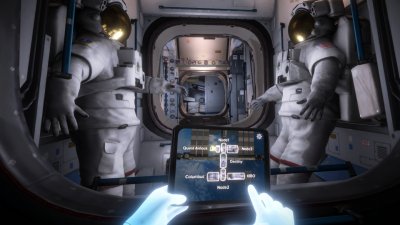
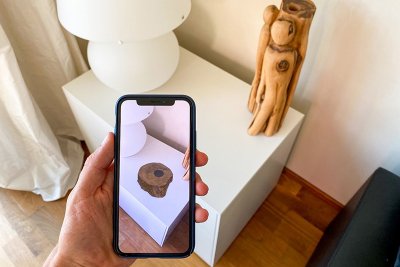
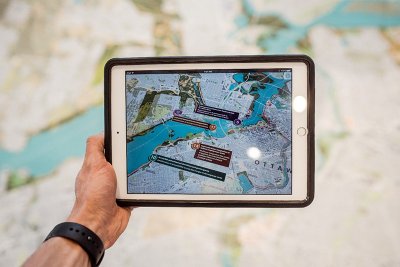
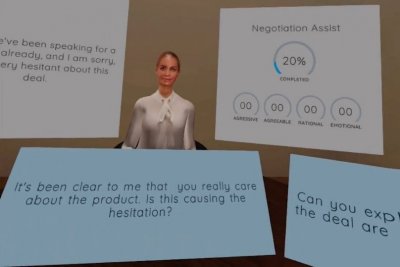

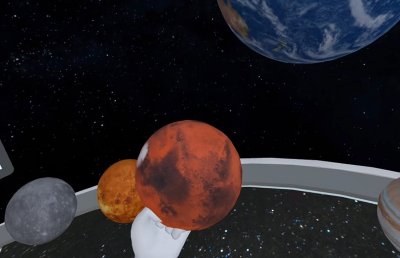






Leave A Comment